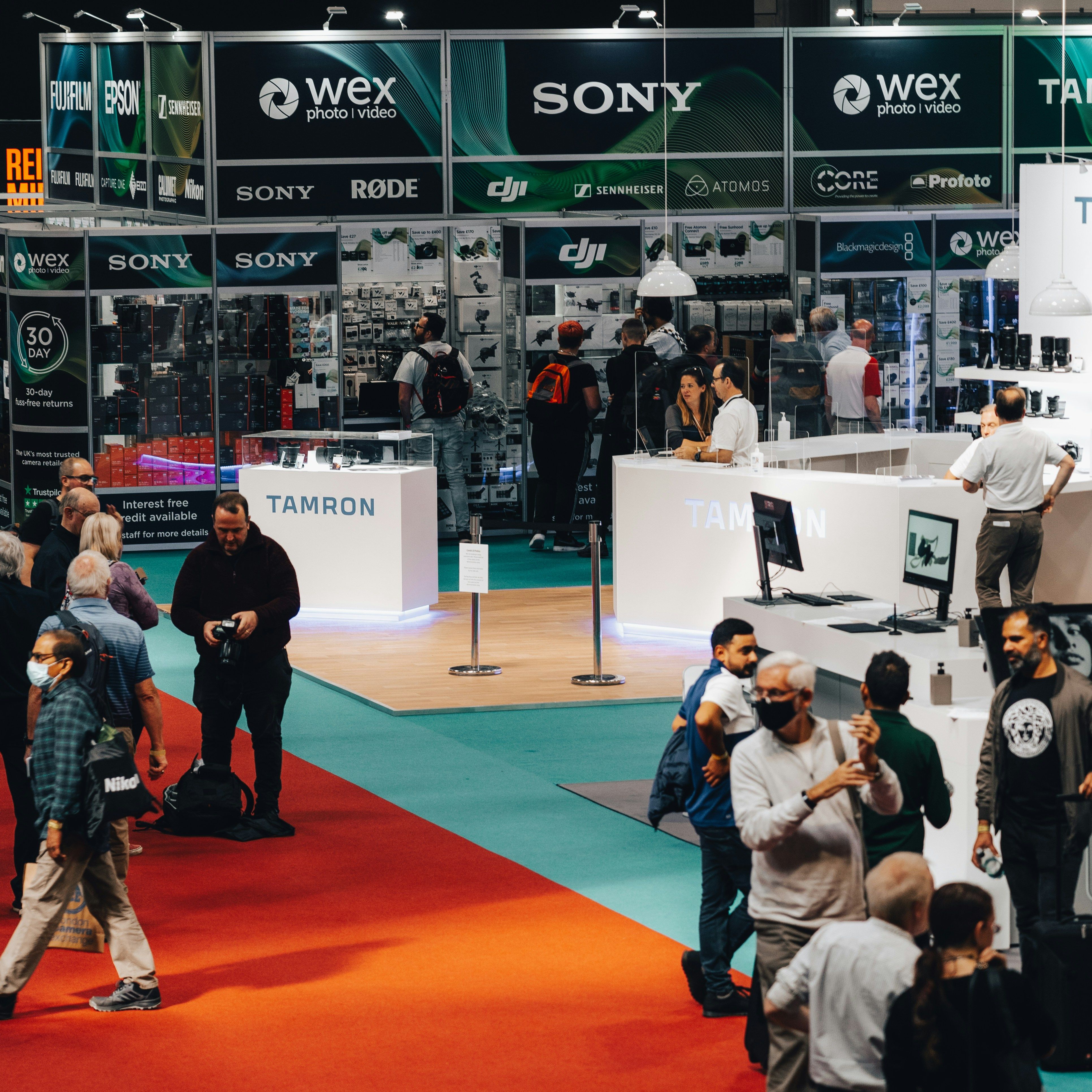Why Inflated Metrics Hurt Everyone

For decades, big numbers have been the industry’s comfort blanket. Attendance figures, registration totals, footfall estimates and ambitious “reach” numbers have long been used as a shorthand for success. They filled slides, justified budgets and secured sponsorship renewals. But underneath those glossy charts, a problem has quietly grown - one that the industry can no longer ignore. Inflated metrics don’t just blur the truth. They actively harm the very trust our sector depends on.
When a sponsor commits marketing budget to a face-to-face event, they aren’t buying square meters or a spot on a floorplan. They’re investing in a promise that the event will deliver real engagement with the right people, meaningful opportunities and measurable results. When that promise doesn’t match reality, it doesn’t just disappoint one exhibitor. It damages the credibility of the event and chips away at the industry’s reputation as a whole.
This is the ripple effect of inflated numbers.
When confidence breaks, rebooking cycles stretch out. Sponsors begin asking tougher questions. Procurement teams, who now benchmark live events against the rigour of digital campaigns, start pushing back. And exhibitors who once booked automatically begin to shift spend to channels that feel safer and more accountable.
We also can’t ignore the role perception plays. How many times have we heard the line: “There just weren’t enough people on the show floor”? Often, that comes from exhibitors who only need a handful of quality conversations to make their investment pay off. But because the headline numbers didn’t match their expectations - or worse, they were inflated and unrealistic from the outset; perception trumps performance.
This is where verified metrics change everything.
In digital marketing, metrics like impressions, clicks, conversions, dwell time, engagement rate and lead quality are part of everyday conversations. Events need their equivalent. Instead of talking vaguely about “attendance,” we can track and report:
- Stand visibility and footfall: how many people passed, paused or interacted.
- Qualified interactions: conversations that matched buyer or exhibitor objectives.
- Session and feature engagement: who attended content sessions and for how long.
- Time-in-experience: how visitors moved through spaces, activations or theatres.
- Audience verification ensuring that the right people, not just more people, were present.
These are meaningful metrics. They reflect real value. And most importantly, they allow organisers to set expectations honestly from the start, which makes it easier to exceed them.
Independent auditing plays a crucial role here. By verifying these figures, the conversation shifts away from exaggerated claims and defensive justifications. It becomes a conversation about results, performance and trust. Sponsors and exhibitors can plan with confidence. Organisers can price based on reality, not hope. And the wider industry rebuilds credibility.
The age of inflated metrics has left scars, but it also offers a chance for renewal. When the numbers are real, trust is real too. And trust is what keeps exhibitors coming back, year after year.
)
)

